1/48 Hasegawa Aichi D3A “Val” from the IJN Carrier “Zuikaku” at Pearl Harbor
Tonight's article is about a model that I built many years ago. It was built right out of the box and no aftermarket items were used other than a little "Bare Metal Foil" on the propeller. I built this plane right around the year 2002 or so. It was before I knew that much about The colors used on Japanese aircraft.
My Val is painted using "Model Master" enamel with an overall coat of IJN Gray. The interior is painted with FS 34151 "interior green" which is definitely wrong too. This is a great plane to build. It didn't need any filler since gaps were non existent. When I picked the model up to take pictures of it, I heard a "crack". Then I noticed that the wing seam at the root by the starboard side of the fuselage had split open.
I have a few left in my collection that still need to be built, one with a set of folded wings and photo etch.
Since then I have found that the Val's were painted in a similar color to "Ame-iro" during the time when the attack was carried out on Pearl Harbor. Later this same plane was used against the British in the Indian Ocean. I believe that this particular set of markings have been released by Hasegawa several times now in their re boxing of this plane.
However incorrect the colors may be on this kit, I really enjoyed building this one. After all isn't that what this hobby is supposed to be about ? I guess that ignorance is bliss...
Ame-iro is a "clear-ish" caramel colored protective coating that was sprayed on top of the original base color. It is very close to the Luftwaffe color RLM 02 once applied. Some sources stated the color was an actual color and not a protective coating. The end result is a color similar to RLM 02 no matter how you look at it. However there were various shades used by different manufacturers. Nakajima used a different color than Mitsubishi, who used a different color than Aichi, who was different from Kawasaki and so on. I recommend you go on line and try to draw your own conclusions about this.
I have included a photograph of an original relic from an A6M Zero. You can see a difference in the colors between the fabric and the aluminum. The upper aluminum part represents the closest thing that I could find. The last picture shows the relic.
In the future I may respray the model in what I "think" would be the correct colors. Now I have an excuse, since I cracked open the wing to fuselage joint, and it needs fixing...
I mixed a "black-blue" and painted the cowling in this color. This was a typical color for many of the Japanese aircraft with radial engines during this time period. It is very close to how it should look. I have been told that the cowlings were painted in this color due to oil leaks from the radial engines. How true this is I can't confirm.
Towards the end of the photos provided I have included a few that I found online of the carrier "Zuikaku" from which this plane flew from. The Zuikaku participated in many battles following the Pearl Harbor attack. It was sunk on October 24th, 1944 near the Philippines. It was struck by nine bombs and seven torpedoes. It rolled over and sank at 14:14 hours, (2:14 PM for you civilians). It sank stern first. The last picture shows the carrier while it was under attack from American planes. It was sank shortly after the photo was taken. Many of the crew were picked up by the escorting Destroyer " Wakatsuki" that is also visible in the second to the last picture.
As usual, comments are encouraged.
Enjoy!
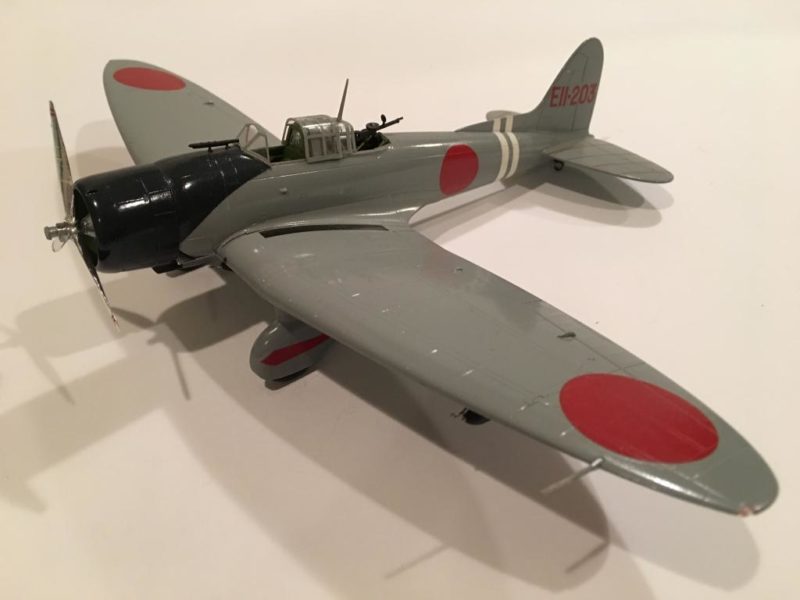
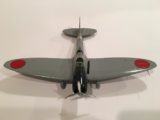
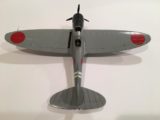
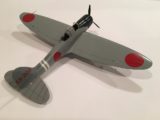
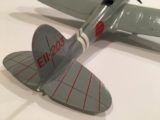
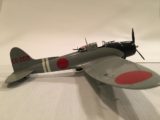

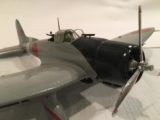
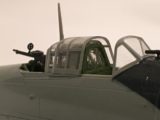
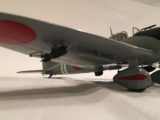
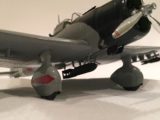
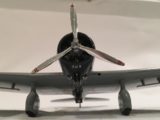
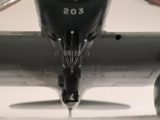
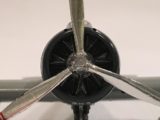
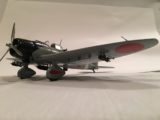
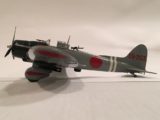

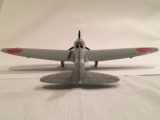
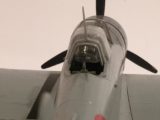
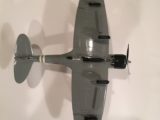
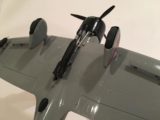
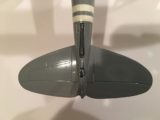
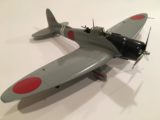
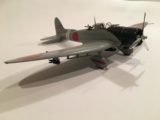
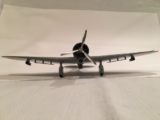
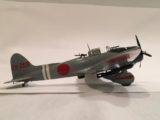
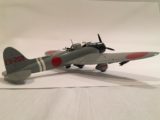


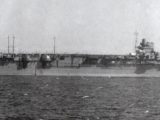
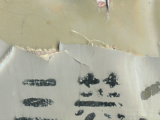
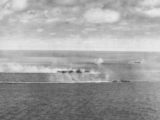
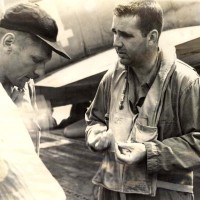


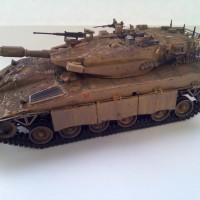
Looks great.
Thanks Bob.
The model looks good to ME, regardless of whether the color's 'right' or not. Really nice set of photos, too. Bare Metal Foil for the prop, huh...? Never thought of that - neat idea, though.
I came up with the idea after I saw a highly polished propeller on a real plane. It looked like a mirror. I'm sure the Japanese Navy made sure these planes were spotless right before the War. Thanks again for the compliments buddy.
Louis, the color looks fine to me. I'd hit it with clear flat, perhaps. Age, manufacturer, area of operations, time of the year, time on the unit- all have an effect on the airframe color.
A friend related a story from Glenn L. Martin, when he worked there postwar. One of his coworkers told him about the olive drab they used. As it was used, some of the pigment settled to the bottom of the tank they got it from. If it wasn't stirred, the later batches were markedly darker than the initial bunch.
Nice application of Bare Metal Foil on the prop. Not as easy as one would think. Ask the car guys.
It's tricky to use BMF on props I agree. Thanks for the thoughts on the painting. I remember when I was in the Army and we had to paint our OVM equipment from our tank. We used Olive Drab from a rattle can. Believe me there were numerous shades of OD. Some were more green, while others were more brownish and some were really dark. We also sprayed our helmet liners with this and had similar problems. Thanks again.
I'm sure that the paint changed colors as they weathered, especially when you consider the area of operations these planes flew in.
Very nice build and your post is a worty read, Louis.
I hope i can build one of the japanese carriers in 1:350 at some time.
Thanks for the compliments my friend. The Japanese carriers had a really distinctive look to them when compared to our US counterparts. That would be a great subject to make a model of. When you do please post some pictures here.
Nice job Louis, got one in the stash, nice to hear it goes together well.
Thanks Tom. Go for it and build it. You will be glad you did. It's really a nice kit, plus you really don't see too many of them built.